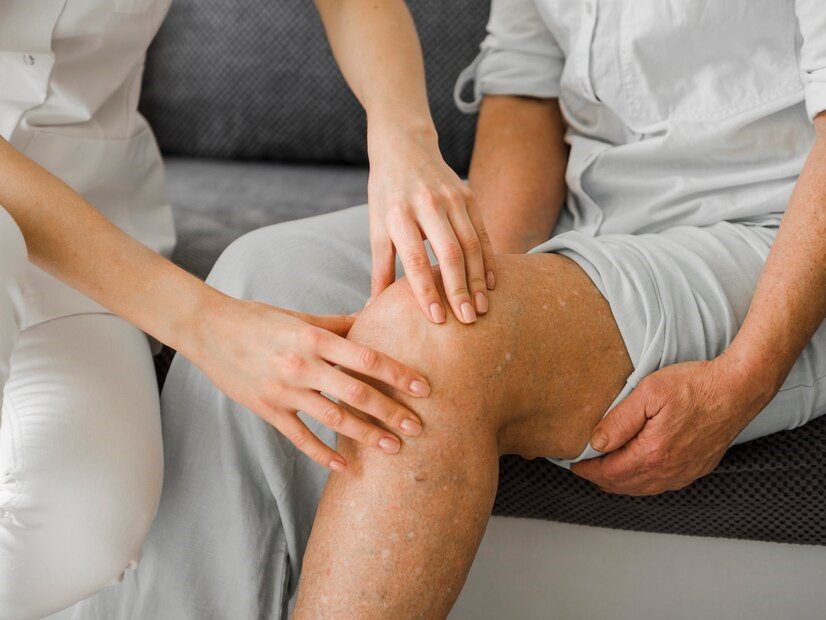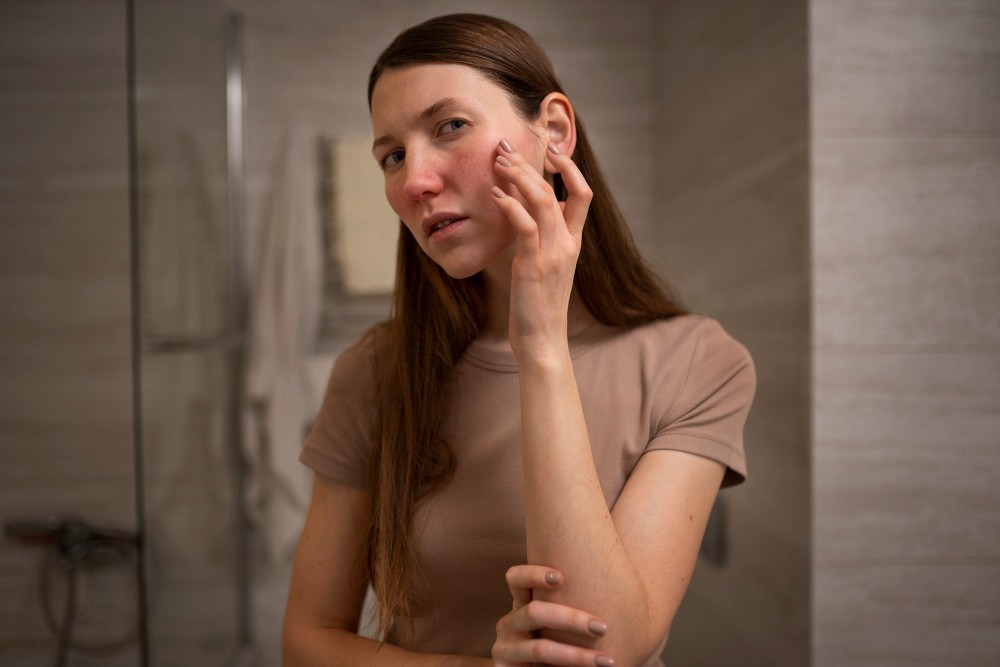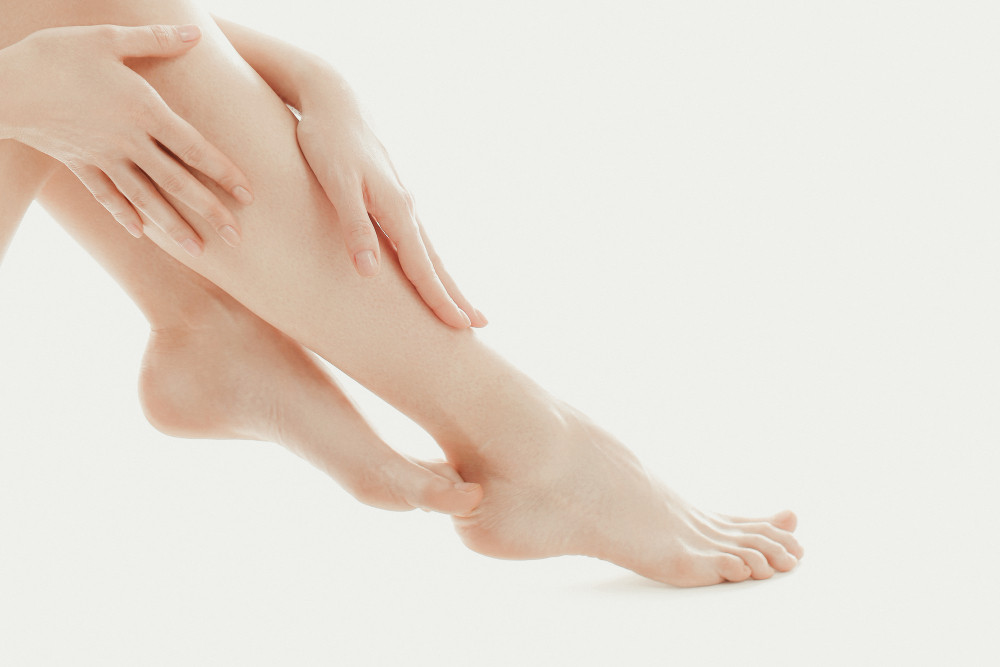Most people experience pain and discomfort from varicose veins. The swelling and enlargement of these veins usually cause more intense pain after standing or sitting for an extended period of time.
Varicose veins are characterized by veins that appear dark purple or blue in color and sometimes bulge. Additionally, you may experience soreness, heaviness, a burning sensation, throbbing, muscle cramps, and swelling in your lower legs. While varicose veins are not considered a medical emergency, they can lead to serious complications in certain situations.
Varicose vein complications that can pose health risks
For some people, varicose veins may only be a cosmetic concern. However, in rare cases, varicose veins can lead to dangerous complications, such as:
Blood clots (superficial thrombophlebitis)
Superficial thrombophlebitis occurs when blood clots form in veins near the skin's surface. This is commonly seen in individuals with varicose veins.
These blood clots can form in the arms or legs, with symptoms including inflammation, pain, redness, and swelling along the affected vein. Generally, non-steroidal anti-inflammatory drugs like ibuprofen are prescribed to reduce symptoms and prevent further complications.
In addition, you will be advised to wear a compression shirt to reduce swelling, elevate the affected leg, and, in some cases, take blood-thinning medication to prevent further blood clotting.
Bleeding
Varicose veins that are near the skin's surface can increase the risk of bleeding, particularly after a leg injury or impact. When a varicose vein ruptures, the blood vessels become weaker, making it difficult to stop the bleeding.
To stop the bleeding, you need to take the following steps:
- Lie down and elevate your leg to reduce blood pressure in the injured area.
- Apply pressure to the wound with sterile gauze to stop bleeding.
- Seek medical attention as soon as the bleeding stops to ensure proper treatment.
Ulcers near the varicose vein areas
Leg ulcers are frequently a result of circulatory problems such as varicose veins. This condition is distinguished by a change in the skin color on the legs—darkening and hardening, possibly accompanied by oozing, itching, swelling, foul-smelling discharge, and pain around the wound area.
Leg ulcers indicate infection and require proper treatment, including keeping the wound clean, using special bandages, compressing the area, and administering medications to aid healing.
Deep vein thrombosis (DVT)
Deep vein thrombosis is a condition in which a blood clot forms in one or more veins in the body, typically the legs. Symptoms may vary, but in general, you will experience pain, swelling, redness, and an increase in temperature in the legs.
Untreated or undetected DVT can be a serious problem because the blood clot in the vein can dislodge. When this blood clot breaks free, it travels through the bloodstream and becomes trapped in the lungs, causing a blockage in the blood vessels of the lungs known as a pulmonary embolism.
Pulmonary embolism
When varicose veins lead to complications such as DVT and pulmonary embolism, blood flow to the lungs becomes obstructed. Symptoms of this condition include sudden shortness of breath, chest pain, coughing up blood, and an irregular heartbeat.
If varicose veins are causing discomfort, you should consult a doctor. Your doctor can assess your varicose veins and recommend treatment based on your needs and condition.
Want to know more about varicose veins? You can make use of the consultation features that are available in the Ai Care application by downloading the Ai Care application from the App Store or Play Store.
Looking for more information about other diseases? Click here!
- Sean Edbert Lim, MBBS
Ann Pietrangelo (2020). Should You Be Concerned About Your Varicose Veins?. Available from: https://www.healthline.com/health/are-varicose-veins-dangerous
Cleveland Clinic (2022). Superficial Thrombophlebitis. Available from: https://my.clevelandclinic.org/health/diseases/17523-superficial-thrombophlebitis
Mayo Clinic (2022). Varicose veins. Available from: https://www.mayoclinic.org/diseases-conditions/varicose-veins/symptoms-causes/syc-20350643
NHS UK (2020). Complications
-Varicose veins. Available from: https://www.nhs.uk/conditions/varicose-veins/complications
NHS Inform (2023). Venous leg ulcer. Available from: https://www.nhsinform.scot/illnesses-and-conditions/skin-hair-and-nails/venous-leg-ulcer/
Mayo Clinic (2022). Deep vein thrombosis (DVT). Available from: https://www.mayoclinic.org/diseases-conditions/deep-vein-thrombosis/symptoms-causes/syc-20352557
John Hopkins Medicine. Varicose Veins. Available from: https://www.hopkinsmedicine.org/health/conditions-and-diseases/varicose-veins











